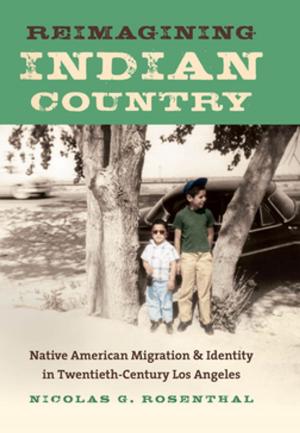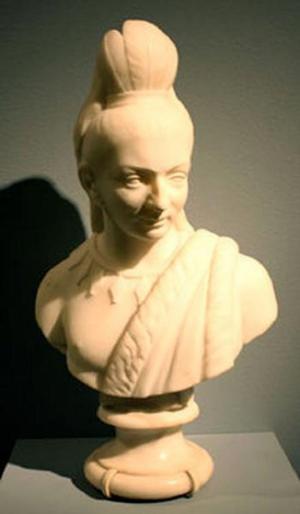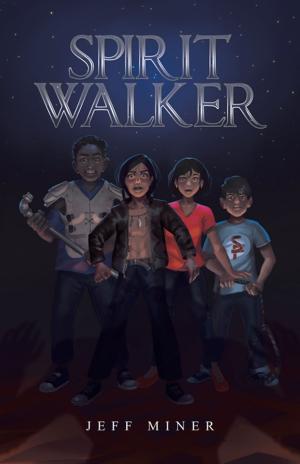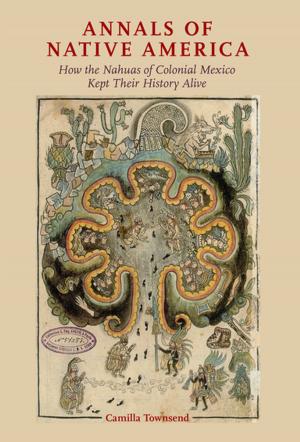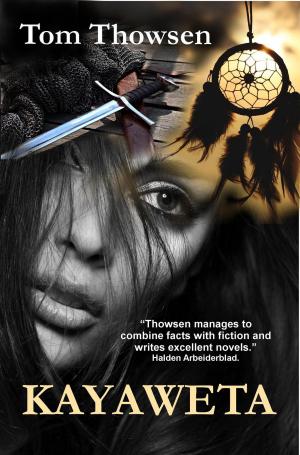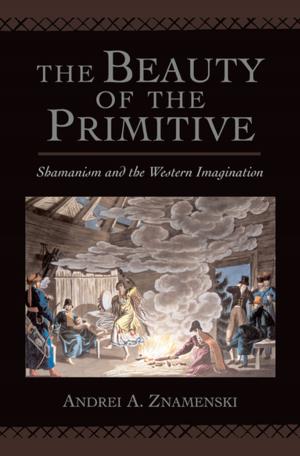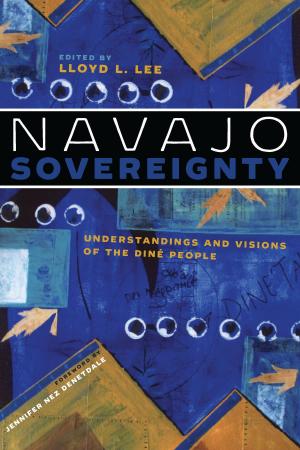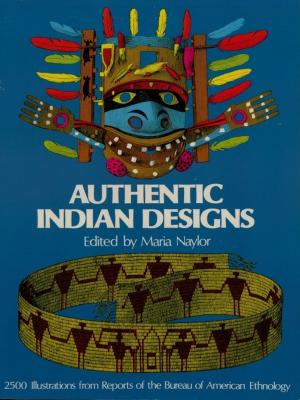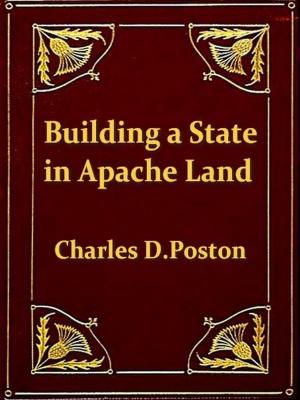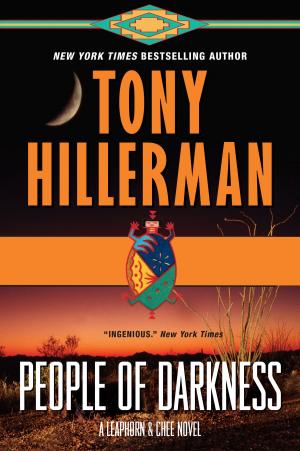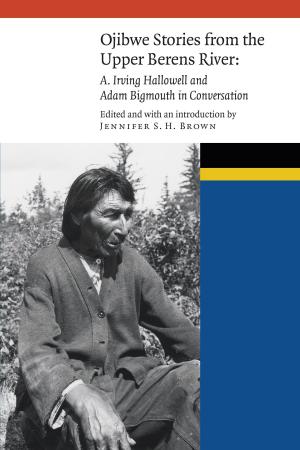| Author: | Tim Simmons | ISBN: | 9781311011947 |
| Publisher: | Tim Simmons | Publication: | March 12, 2016 |
| Imprint: | Smashwords Edition | Language: | English |
| Author: | Tim Simmons |
| ISBN: | 9781311011947 |
| Publisher: | Tim Simmons |
| Publication: | March 12, 2016 |
| Imprint: | Smashwords Edition |
| Language: | English |
People ask what this book is about. It’s about the fights, battles and wars that the American Indian won. A very common question then is asked. “Were there any...besides Custer’s Last Stand?”
Yes. The Indian actually won quite often.
The Battle of the Little Bighorn or Custer’s Last Stand is known as the coup de grace of the American Indian in their fight against the white man. It is considered by many as the biggest defeat white American ever suffered at the hands of the Indians. Not true. More than two hundred soldiers were killed by the Lakota and Cheyenne Indians. Readers will learn in this book that Miami Indian leader Little Turtle and his warriors killed over 600 soldiers in a single battle in 1791. The year before, they killed nearly 200 in another battle. Two American armies were destroyed by him. At Fort Mims, Alabama, almost 500 whites were slain by the Creek Indians. The Pueblos drove the Spanish completely out of New Mexico in 1680. Red Cloud forced two forts to be abandoned and white troops had to pull out of the territory. Victorio and his Apaches wiped out two contingents of Mexicans in one day. The English were mauled at the beginning of King Philip’s War and driven practically to the shores of the Atlantic Ocean.
So why did the Battle of the Little Bighorn get all the ink? Because George Custer got all the ink. There was no Indian fighters more famous than George Custer. He was colorful. He was popular. When Indians killed the most well known Indian fighter in the world, that was huge news. And it has been ever since. Custer had the mystique, the persona, the flair. Arthur St. didn’t have all that. Most of you don’t know who Arthur St. Clair was, but you will after you read this book.
The recording of the history goes to the victors. Ultimately, the white men were the victors. So the recorded the history of the Indian Wars. Also, with the exception of the Cherokees, the Indians had no written language. The whites were not eager to write a whole lot about their defeats with the exception of The Little Bighorn.
This leads to the second point. For many years writers did not want to write about the atrocities committed on white victims by red men. One often reads “...human decency restrains me from giving details as to what the savages did to these poor souls....”
It became somewhat vogue to write about the horrible things the white men did to the red men. Most of it is true. But allow the truth to continue – when the Indians were the victors, they could be equally as atrocious if not worse and often they were.
Some will defend the Indian by arguing, “But mutilation of their victims was a part of their religious beliefs. If they had to face their enemies again in the afterlife, they wanted them to be disabled.” First, to say all Indians had the same religious beliefs is as erroneous as saying all white men have the same religious beliefs. Second, the argument isn’t valid when one reads about the ruthless and horrible treatment to babies, women and children. Sometimes, they were just vicious and cruel. Accept it.
So who was the most atrocious? Red or white?
It’s called the story of man. No one is innocent.
People ask what this book is about. It’s about the fights, battles and wars that the American Indian won. A very common question then is asked. “Were there any...besides Custer’s Last Stand?”
Yes. The Indian actually won quite often.
The Battle of the Little Bighorn or Custer’s Last Stand is known as the coup de grace of the American Indian in their fight against the white man. It is considered by many as the biggest defeat white American ever suffered at the hands of the Indians. Not true. More than two hundred soldiers were killed by the Lakota and Cheyenne Indians. Readers will learn in this book that Miami Indian leader Little Turtle and his warriors killed over 600 soldiers in a single battle in 1791. The year before, they killed nearly 200 in another battle. Two American armies were destroyed by him. At Fort Mims, Alabama, almost 500 whites were slain by the Creek Indians. The Pueblos drove the Spanish completely out of New Mexico in 1680. Red Cloud forced two forts to be abandoned and white troops had to pull out of the territory. Victorio and his Apaches wiped out two contingents of Mexicans in one day. The English were mauled at the beginning of King Philip’s War and driven practically to the shores of the Atlantic Ocean.
So why did the Battle of the Little Bighorn get all the ink? Because George Custer got all the ink. There was no Indian fighters more famous than George Custer. He was colorful. He was popular. When Indians killed the most well known Indian fighter in the world, that was huge news. And it has been ever since. Custer had the mystique, the persona, the flair. Arthur St. didn’t have all that. Most of you don’t know who Arthur St. Clair was, but you will after you read this book.
The recording of the history goes to the victors. Ultimately, the white men were the victors. So the recorded the history of the Indian Wars. Also, with the exception of the Cherokees, the Indians had no written language. The whites were not eager to write a whole lot about their defeats with the exception of The Little Bighorn.
This leads to the second point. For many years writers did not want to write about the atrocities committed on white victims by red men. One often reads “...human decency restrains me from giving details as to what the savages did to these poor souls....”
It became somewhat vogue to write about the horrible things the white men did to the red men. Most of it is true. But allow the truth to continue – when the Indians were the victors, they could be equally as atrocious if not worse and often they were.
Some will defend the Indian by arguing, “But mutilation of their victims was a part of their religious beliefs. If they had to face their enemies again in the afterlife, they wanted them to be disabled.” First, to say all Indians had the same religious beliefs is as erroneous as saying all white men have the same religious beliefs. Second, the argument isn’t valid when one reads about the ruthless and horrible treatment to babies, women and children. Sometimes, they were just vicious and cruel. Accept it.
So who was the most atrocious? Red or white?
It’s called the story of man. No one is innocent.

